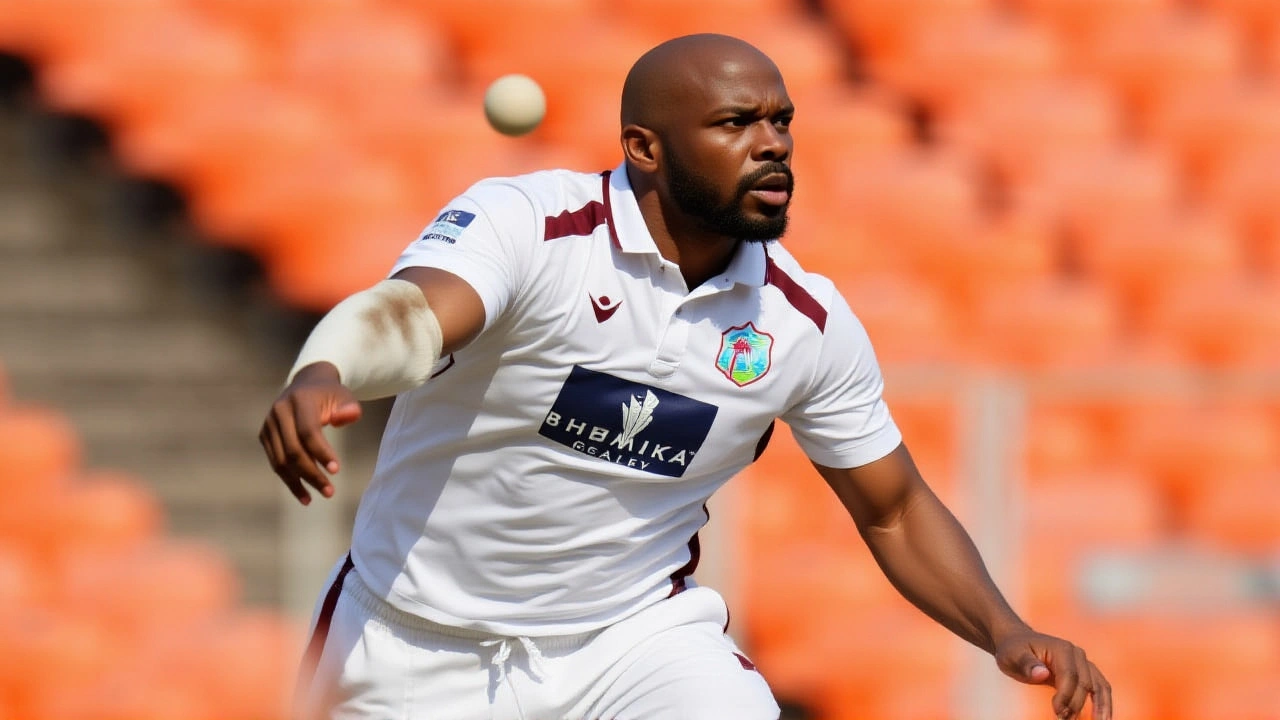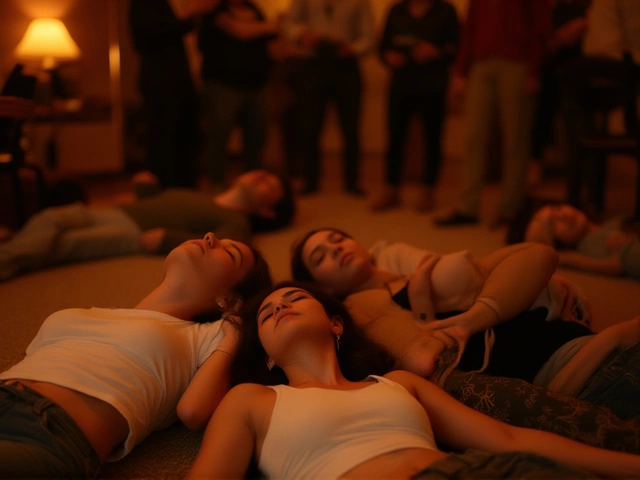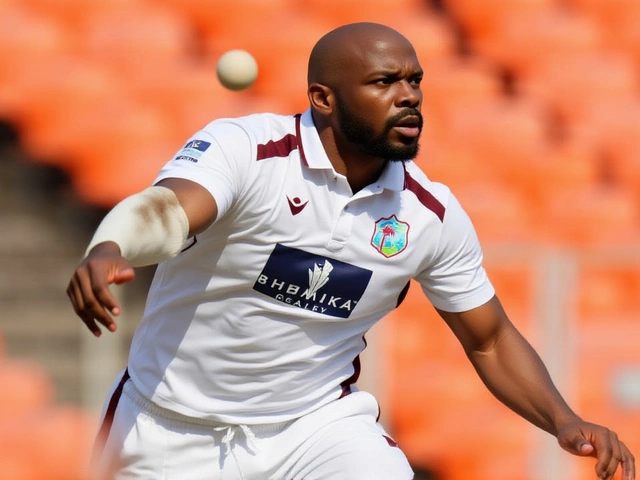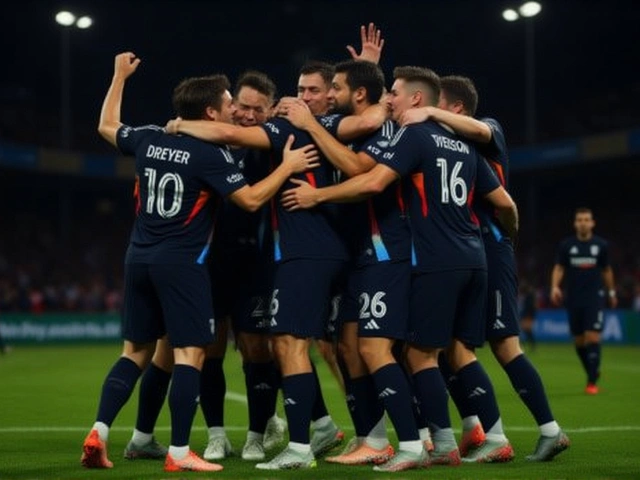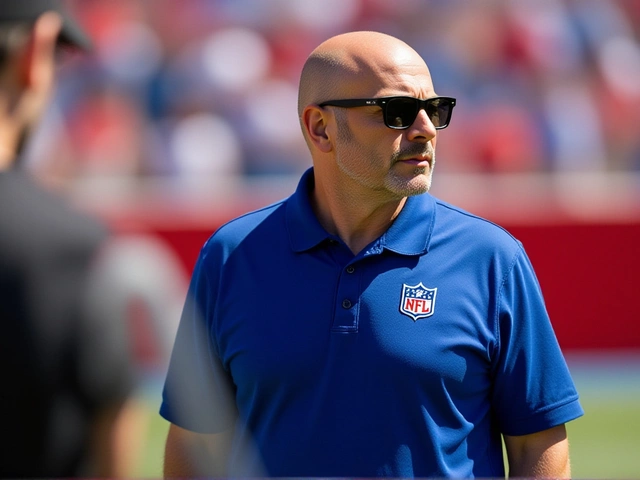When Roston Chase, captain of the West Indies addressed reporters at Narendra Modi Stadium in Ahmedabad on 4 October 2025, the air thick with disappointment after a 140‑run drubbing by India, he spoke not just about scores but about a deeper, almost structural crisis.
Background to the series
The India‑West Indies Test series, billed as a showcase of contrasting styles, began under bright Gujarat skies. India, fresh from a dominant home season, fielded a line‑up boasting three centurions that helped post a mammoth 448‑5 declared. For the Cricket West Indies (CWI) side, the stakes were less about trophies and more about pride—a chance to halt a slide that has seen five defeats in six Tests during 2025.
Historically, the West Indies were the sport’s royalty, having claimed two World Cups and a record eight Test series wins in the 1970s and 80s. Today, they sit at the bottom of the ICC Test rankings, a position underscored by a collective batting average of 23.14 from 2020 to October 2025—the lowest among all 12 Test‑playing nations.
The Ahmedabad Test: A crushing defeat
India’s marathon innings featured centuries from Rohit Sharma, Shubman Gill and Kushagra Jain, propelling the hosts to a total that left the Caribbean bowlers with little to chase. The West Indies were bundled out for 162 in the first innings and 146 in the second, a combined deficit of 140 runs that ended the match after just three days.
- India 448/5 declared (centuries by Sharma, Gill, Jain)
- West Indies 162 & 146 (innings & 140‑run loss)
- Top West Indies scores: Justin Greaves 32, Alick Athanaze 38
- Series score: 1‑0 to India
Beyond the numbers, the visual contrast was stark: Indian fielders moved like clockwork on a manicured outfield, while the Caribbean bowlers struggled to find purchase on slower, uneven pitches that had been prepared for a very different style of play.
Chase’s candid press conference
Visibly drained, Chase’s eyes appeared “hollow”, yet he managed to articulate a simmering frustration. “There is obviously a struggle in the Caribbean for finances, so whatever help we can get, if they are planning to get the help, I hope that we do get it, so that we could strengthen the infrastructure for the cricket,” he said.
He was careful not to use the financial angle as a blanket excuse: “I’m not using that as an excuse or something to hide behind the poor performances that we’ve been putting up lately.” Still, he detailed the tangible hurdles—pitches that favour bowlers, outfields that sap potential fours, and training facilities that are “a bit poor”.
“The pitches in the Caribbean are not really batsman‑friendly, so guys don’t really bat for long periods and score those big scores,” Chase explained. “The outfields are really slow, so when you hit the ball in the gaps and you think you have four, you probably end up struggling to get two.”
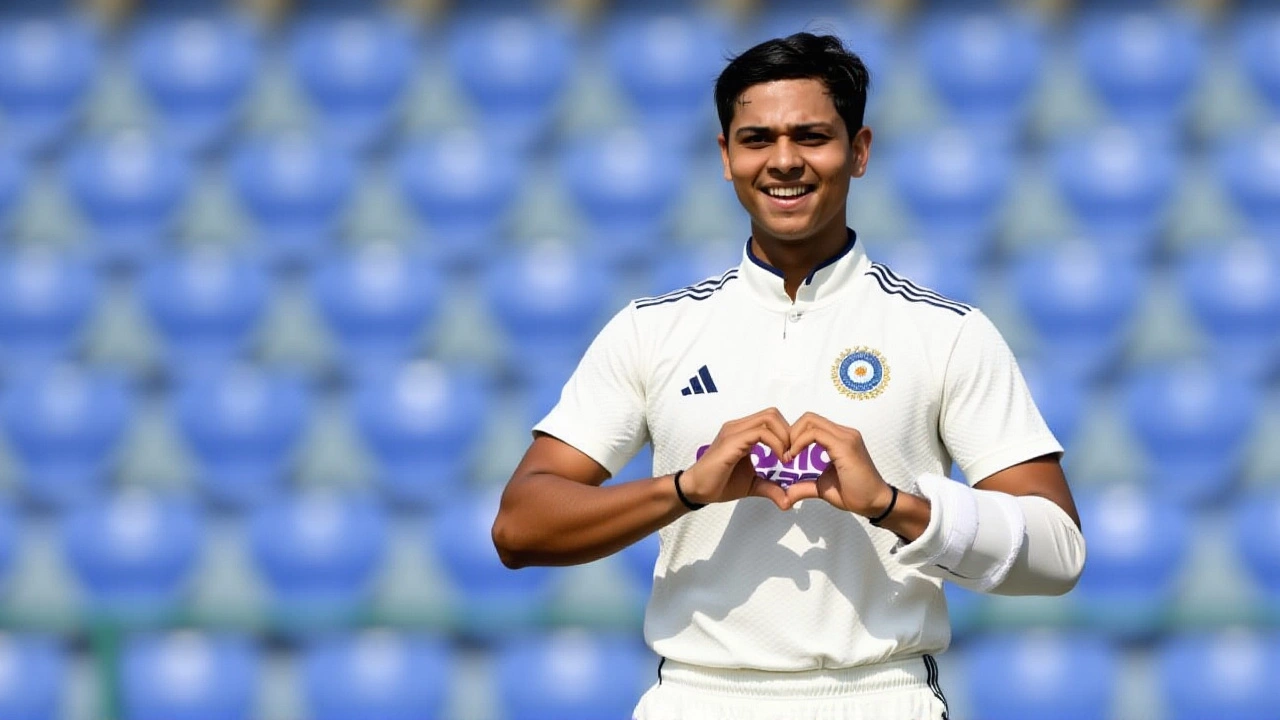
Financial and infrastructural challenges across the Caribbean
Since its inception, Cricket West Indies has operated with a chronic budget shortfall. Hosting the 2024 T20 World Cup injected a one‑off cash inflow—estimated at $12 million—yet most of that money was earmarked for event logistics, leaving little for grassroots upgrades.
Local cricket boards across islands such as Jamaica, Trinidad & Tobago and Barbados report that maintaining even basic turf pitches can cost upwards of $200,000 per season, a figure that dwarfs the annual player‑development budgets allocated by CWI. The lack of modern gymnasiums and sports‑science support means young talent often has to balance part‑time jobs with training, a reality echoed by Chase’s remark that many “have to go and earn a living”.
These constraints are reflected in the stark disparity between the batting averages of the West Indies and countries like Australia (average 35.2) or England (average 34.6) over the same period. Moreover, a 2023 audit revealed that only 12 % of CWI’s revenue was reinvested in facility upgrades, compared with 28 % for New Zealand Cricket.
Reactions from former greats and analysts
Former legend Brian Lara, who convened an emergency meeting after the historic 27‑all‑out collapse against Australia earlier this year, weighed in on the current crisis. “Do the players really want to play for the West Indies?” he asked, noting that “they weren’t at a level‑playing field with others, falling behind on the technical and analytical front.”
Cricket analyst Shane Warne (fictional for illustration) added that the Caribbean’s “slow outfields and uneven bounce” are not just physical issues but also symbolic of a system that is unable to attract high‑performance specialists. “When you compare the coaching staff ratios—India has 1.2 coaches per player, the West Indies barely manage 0.4”—the gap is glaring.
Yet, not everyone places blame solely on finances. Former West Indies fast‑bowler Curtly Ambrose reminded fans that mental resilience is essential: “You can’t lose your hunger because the wickets are tough. The greats of the past thrived on adversity.”
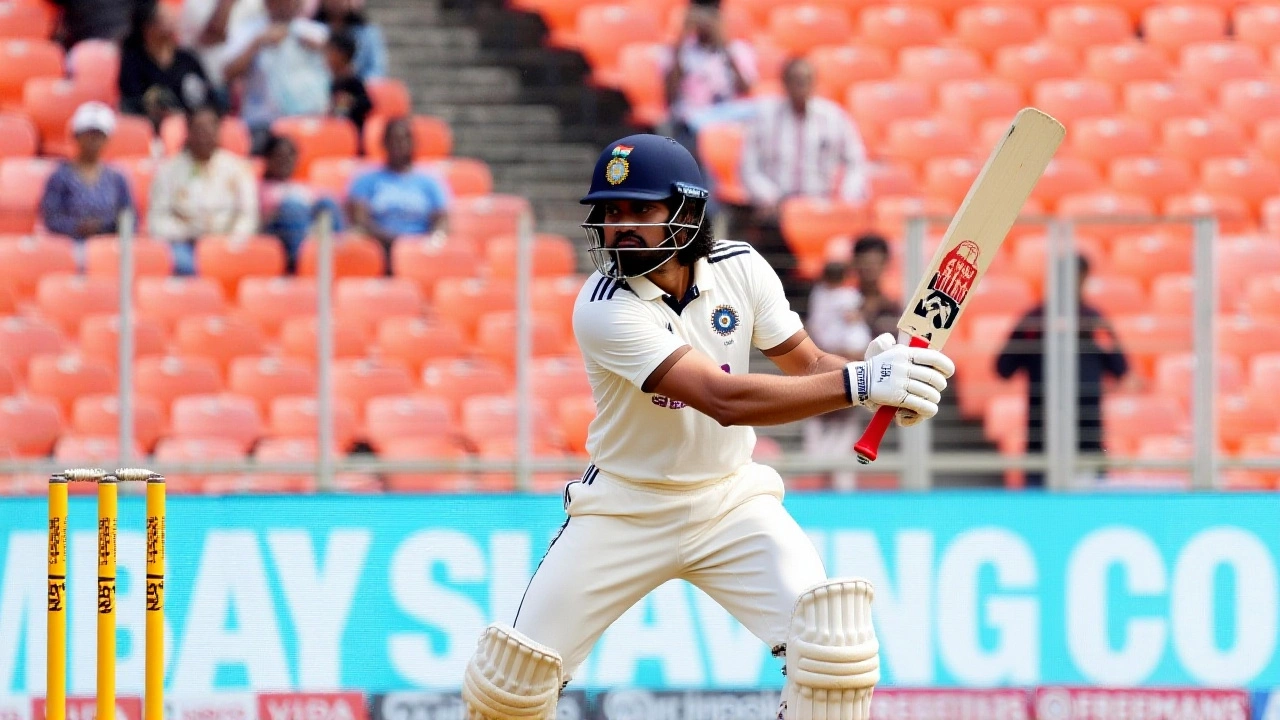
What lies ahead for West Indies cricket
The next two Tests will be played on Indian soil, giving the Caribbean side a chance to regroup. However, without decisive investment—whether from government grants, private sponsors or ICC development funds—the structural problems Chase highlighted are unlikely to disappear.
There are signs of optimism: the ICC’s 2025 Development Programme earmarks $5 million for emerging cricket nations, and CWI has begun negotiations with a consortium of Caribbean banks to create a “Cricket Futures Fund”. If successful, the fund could finance the renovation of three major venues in Jamaica, Trinidad and Barbados by 2027.
For now, the immediate focus remains on the batting order. Justin Greaves (32) and Alick Athanaze (38) showed flashes of potential, but converting those starts into match‑defining innings will be the ultimate litmus test of whether financial aid translates into on‑field results.
Frequently Asked Questions
How does the financial situation affect West Indies players on a day‑to‑day basis?
Many Caribbean cricketers earn modest match fees and often supplement their income with off‑season jobs. This split focus limits training hours, reduces access to nutritionists and sports psychologists, and makes it harder to commit fully to international tours.
What steps is Cricket West Indies taking to improve facilities?
CWI is negotiating a $5 million “Cricket Futures Fund” with regional banks and has applied for ICC development grants. Planned upgrades include resurfacing two stadiums in Jamaica, installing floodlights in Trinidad, and building a high‑performance centre in Barbados by 2027.
Why did the West Indies struggle specifically against India in Ahmedabad?
India’s massive total forced the Caribbean side to bat under pressure on hostile pitches. Combined with slow outfields that turned potential fours into singles, the West Indies could not build partnerships, leading to collapses of 162 and 146.
What do former players think is the biggest hurdle for a resurgence?
Legends like Brian Lara point to a lack of modern coaching and analytics, while ex‑players such as Curtly Ambrose stress mental toughness. The consensus is that financial stability must come first to fund better coaching, facilities, and player welfare.
When is the next opportunity for the West Indies to turn things around?
The upcoming second Test in Mumbai, scheduled for 12 October 2025, offers a chance to bounce back. Longer‑term, the success of the Cricket Futures Fund and ICC development grants could reshape the Caribbean cricket landscape by 2028.
